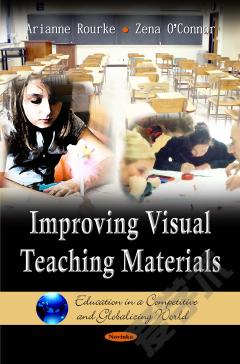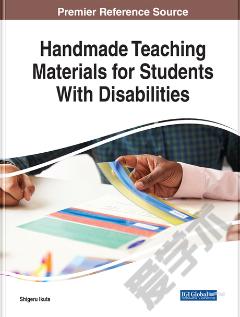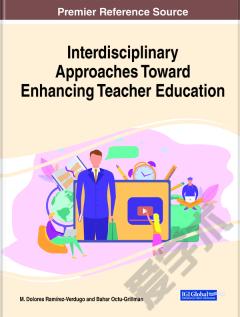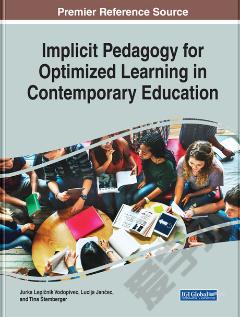Improving Visual Teaching Materials
Many researchers in education have expressed the importance of developing visual literacy skills in students. Teachers both in the humanities as well as science-based disciplines in higher education rely heavily on using visual material to explain complex concepts to students. It is often presumed that students have reasonable levels of visual literacy skills to comprehend these visual examples as well as that students are predominately visual or auditory learners. However, research has been discovered that shows these assumptions are not supported by data and that there is also a high incidence of kinaesthetic learners, a learning style hardly catered for in the teaching methods and learning activities employed. This book introduces and evaluates these findings and recommends improved visual teaching methods.
{{comment.content}}








 京公网安备 11010802027623号
京公网安备 11010802027623号